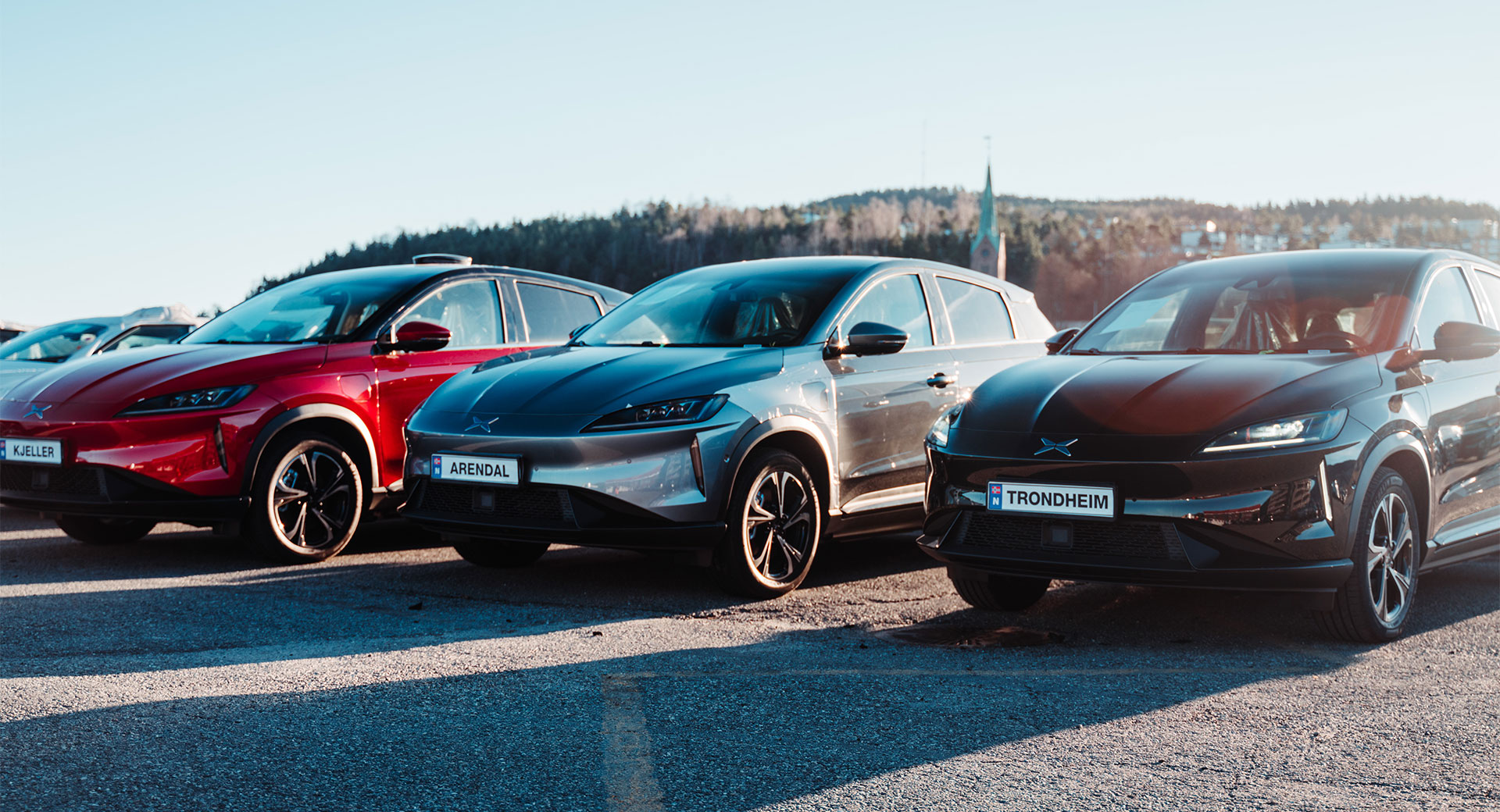The vast majority of electric vehicle startups to emerge from China in recent years will inevitably fail but one company seemingly going from strength to strength is Xpeng. In fact, the car manufacturer recently produced its 200,000th vehicle.
The Chinese automaker was founded in 2014 and built its very first production vehicle in December 2018. It took Xpeng until October 2021 before it had built 100,000 vehicles but now, just eight months later, it has built another 100,000 EVs, even though the automotive industry continues to face Covid-related restrictions and supply chain shortages.
Read Also: It Took Xpeng Less Than 2 Years To Produce 100,000 P7s, Celebrates With Black Label Edition
“Reaching our 200,000-delivery milestone represents the trust of 200,000 customers,” Xpeng chief executive and chairman He Xiaopeng said. “Every single delivery represents the trust we have earned from our customers – it’s a step closer to our transition to a smarter and greener future.”
Xpeng is expected to continue growing over the coming 12 months. In November last year, it unveiled its flagship G9 electric crossover, the first model developed from the outset to be sold in both China and international markets. The G9 is also the first from Xpeng equipped with its XPILOT 4.0 semi-autonomous driving system, which features two lidar sensors beneath the headlights, an 8-million-pixel front binocular camera, and 2.9-million-pixel side cameras.
Sales of the G9 will commence in the first quarter of this year while deliveries are tipped to begin in the fourth quarter.
The international launch of the Xpeng P5 also represents a significant moment in the history of the company. While it has been on sale in China for quite some time, the electric sedan was only recently launched in Denmark, the Netherlands, Norway, and Sweden. It features a 66-kWh battery pack powering a single electric motor with 211 hp and 228 lb-ft (310 Nm) of torque, allowing it to hit 62 mph (100 km/h) in 7.5 seconds and to travel up to 289 miles (465 km) on the WLTP cycle.




